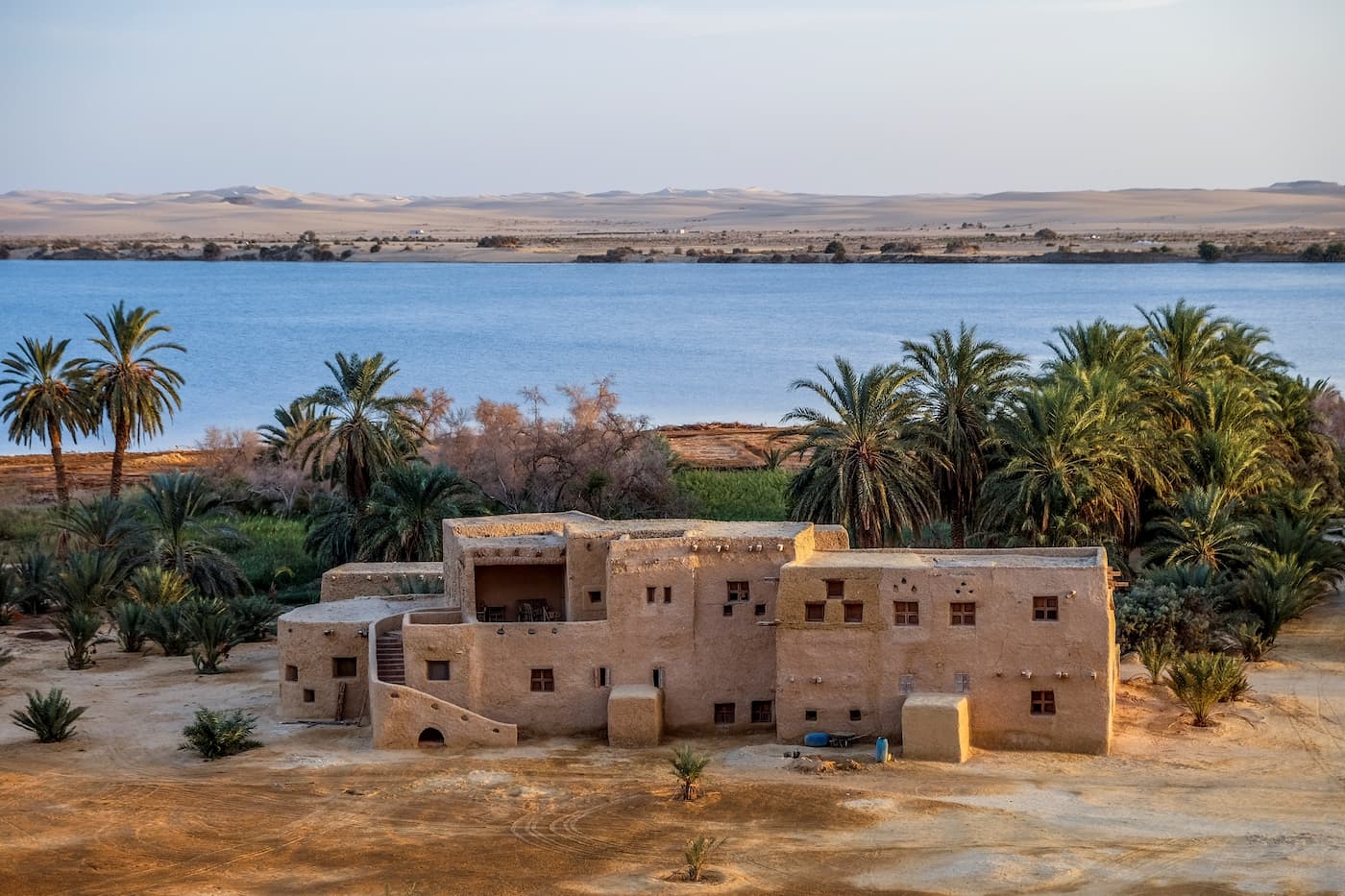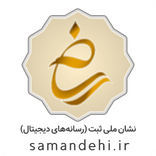Water in the Desert
Probably the most precious thing in the world is fresh water. If a person was lost in a desert without any special equipment or supplies, he or she would soon die from lack of water. It is therefore not surprising that very few people live in the desert. But some people do. Where do they stay? Obviously, they stay where there is water. A place in the desert with a natural supply of fresh water is called an “oasis.” An oasis has enough water to support a variety of plants. Most oases (the plural of “oasis”) have underground water sources such as springs or wells. Al-Hasa is the largest oasis in the Middle Eastern country of Saudi Arabia. It has acres and acres of palm groves and other crops. But not all oases have a constant supply of water. Some areas have dry channels called “wadis,” where springs sometimes flow. And desert areas at higher elevations sometimes receive extra rain to support plant life. In the Sahara people can live year-round in the oases because the water supply is permanent. The oases allow crops to be watered, and desert temperatures make crops grow quickly. The date palm is the main source of food. However, in its shade grow citrus fruits, figs, peaches, apricots, vegetables, and cereals such as wheat, barley, and millet. The Siwa Oasis in western Egypt has about 200 springs. It is a very fertile oasis, and thousands of date palms and olive trees grow there. In fact, the people living in this oasis export dates and olive oil to other places in the world.
آب در بیابان
احتمالا با ارزشترین چیز در جهان، آب شیرین است. اگر شخصی بدون هیچ وسیله یا لوازم ضروری خاصی در بیابان گم شود، به زودی از کمبود آب جان خود را از دست میدهد. بنابراین جای تعجب نیست که افراد بسیار کمی در بیابان زندگی میکنند. اما افرادی هستند که این کار را انجام میدهند. کجا میمانند؟ بدیهی است در جایی میمانند که آب وجود داشته باشد. مکانی که در بیابان منبع طبیعی آب شیرین دارد «واحه» نامیده میشود. یک واحه، آب کافی برای نگهداری از گیاهان مختلف دارد. بیشتر واحهها منابع آب زیرزمینی مانند چشمه یا چاه دارند. الْأَحْسَاء بزرگترین واحه در جهان در کشور عربستان سعودی در خاورمیانه قرار دارد. این واحه هکتارها نخلستان و سایر محصولات زراعی دارد. اما همهی واحهها منبع دائمی آب ندارند. برخی از مناطق دارای کانالهای خشکی به نام «وادی» هستند که گاهی چشمهها در آن جریان مییابند. و مناطق بیابانی در ارتفاعات بالاتر، گاهی اوقات باران بیشتری برای حفظ زندگی گیاهان دریافت میکنند. در صحرای بزرگ آفریقا مردم میتوانند در تمام طول سال در واحهها زندگی کنند، زیرا منبع آب دائمی دارند. واحه ها امکان آبیاری محصولات را فراهم میکنند و دمای بالای بیابان باعث رشد سریع محصولات میشود. خرما منبع اصلی غذا است. اما در سایهی آن مرکبات، انجیر، هلو، زردآلو، سبزیجات و غلاتی مانند گندم، جو و ارزن هم رشد میکند. واحهی سیوا در غرب مصر حدود ۲۰۰ چشمه دارد. این واحه بسیار حاصلخیز است و هزاران درخت خرما و زیتون در آن میرویند. در واقع مردم ساکن در این واحه خرما و روغن زیتون را به سایر نقاط جهان صادر میکنند.





